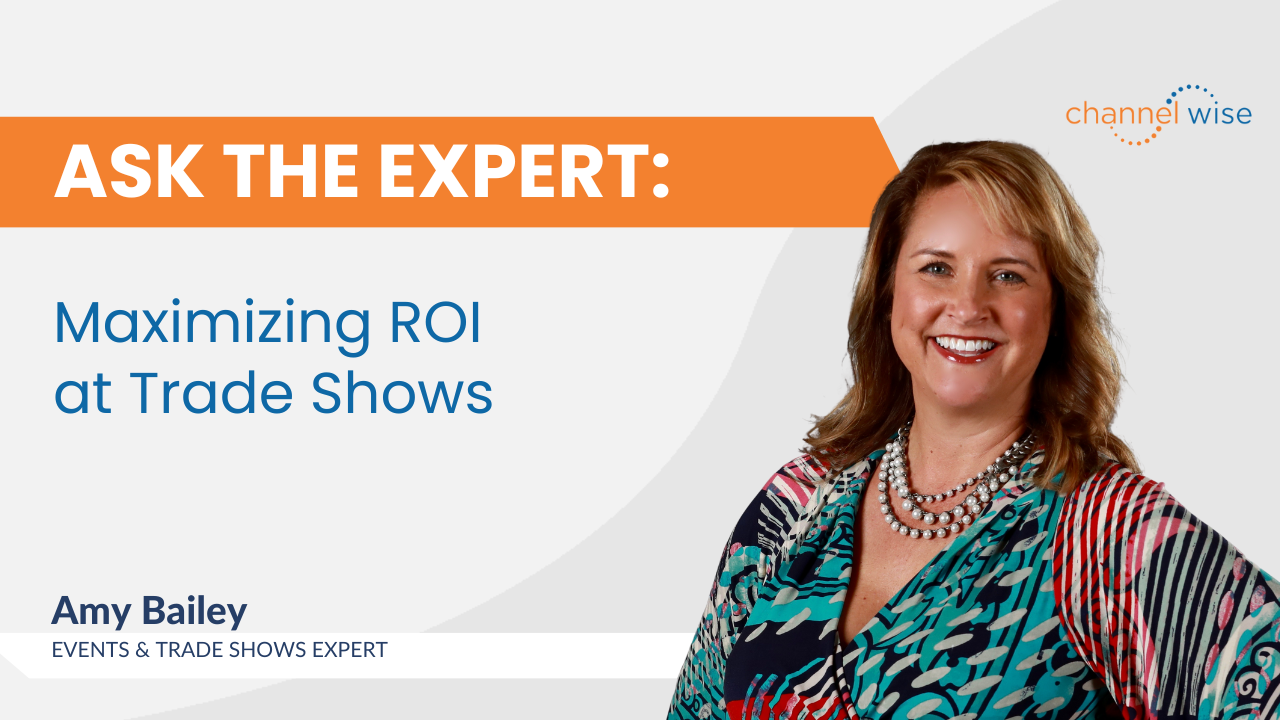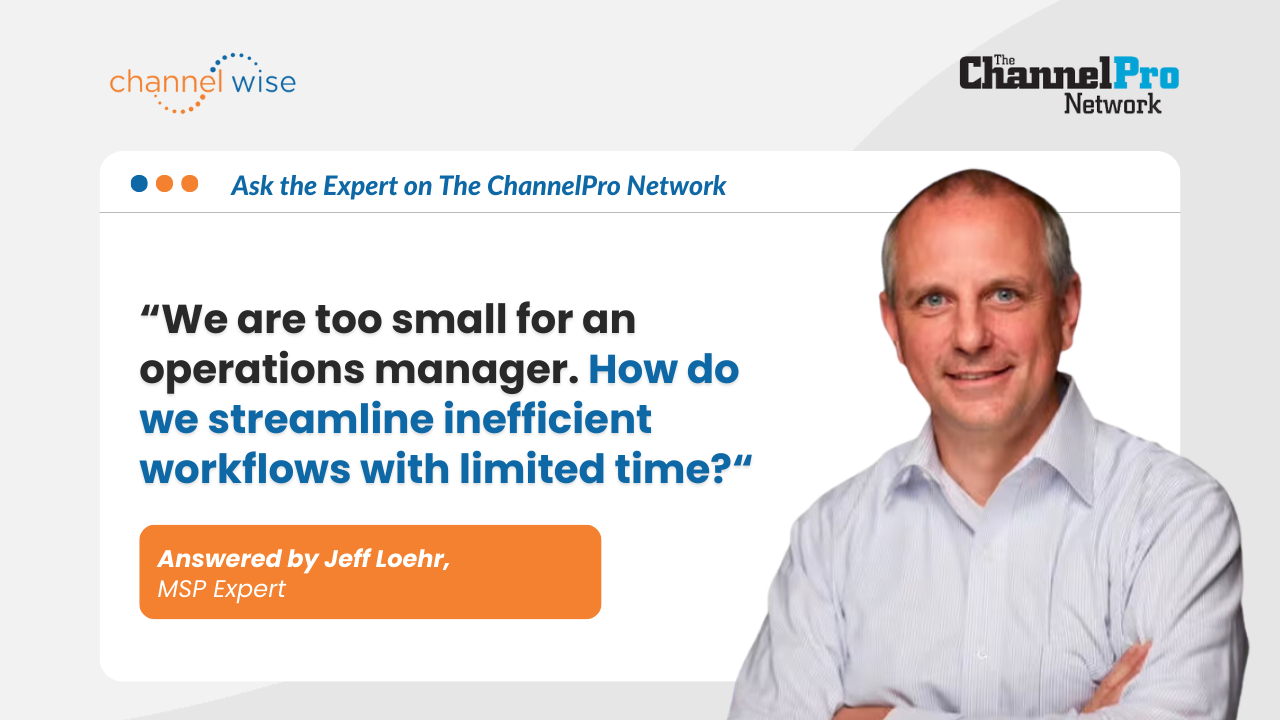Maximizing ROI at Trade Shows with Amy Bailey
Click here to watch the replay:

Trade shows can be a valuable opportunity for businesses to generate new leads, increase visibility, and ultimately, boost their bottom line. However, attending these events requires careful planning and execution to ensure a positive return on investment (ROI).
In this interview, Kathryn Rose, CEO & Founder of channelWise, and Amy Bailey,
a channelWise expert and Owner of Unusually Unusual Consulting, covered essential tips for businesses planning their trade show.
Highlights
- Businesses should prioritize attending trade shows where they have a local presence and where they can build relationships with potential customers and partners.
- When designing their physical booth, businesses should consider creating an open, inviting space that encourages engagement with potential customers.
- To get the most out of trade shows, businesses should have a comprehensive strategy that includes pre-show planning, a show floor strategy, and a post-show follow-up plan.
What is the real return on investment (ROI) of exhibiting at events?
The ROI of exhibiting at events can be measured in various ways, such as tracking leads generated from the event, visibility, and new business.
What are some tips for businesses planning their trade shows and which shows should they prioritize?
Businesses should prioritize regional or local shows where they have a presence. Having feet on the street and building relationships with potential customers or partners is important.
Additionally, attending events is just the first step, there needs to be a follow-up plan to continue building those relationships. I always advise clients that there is much work to be done before attending the trade show, such as developing a pre-show strategy. Don't assume that customers or partners will come to you; put in the work to build those relationships.
How should businesses prioritize their budget for larger events with thousands of attendees and exhibitors?
Businesses can prioritize their budget for larger events by identifying where they have seen success before or by talking to others to see which shows have brought them success. They should also consider new or niche shows that might fit their business well. Having a pre-show strategy and reaching out to attendees ahead of time can also help businesses make the most of their time while at the event.
How should businesses assign staff at trade shows?
Businesses should send personable and engaging staff, regardless of their territory or job title. Successful handoffs can be made, and attendees at trade shows expect to be handed off to someone else. They should avoid sending staff who sit behind tables and laptops, as this is not engaging to attendees.
How should businesses train their salespeople for trade shows?
Salespeople should be trained to engage the crowd with professional attire and a friendly attitude. Hiring outside staff for startups or smaller companies that don't have a large sales force may be necessary. However, they should be trained ahead of time and understand the company's products and services well.
What should businesses consider when designing their physical booth for trade shows?
Avoid tables that block the view and create a barrier between your staff and potential customers. Instead, consider having specific areas for literature and swag, and if meetings are planned, a separate meeting room can be a great use of time and money. The meeting room can be made comfortable and tailored to the company's personality, providing a respite for attendees from the often hectic atmosphere of trade shows.
What are some recommendations for a post-show follow-up strategy?
It is important to have a post-show follow-up strategy to ensure that leads are not lost. Drip campaigns can be a good way to remind people of who you are, but having a conversation with them is even better.
You can also use custom questions to gather more information about potential leads during the registration. This will give you something specific to discuss when following up, rather than just saying, "remember me." Using notes and lead capture devices to the fullest extent is crucial for a successful post-show follow-up strategy.
What are some strategies for getting the most out of trade shows?
The main strategies for getting the most out of trade shows include having a pre-show strategy, a show floor strategy, and a post-show follow-up strategy. It is important to make the most out of the opportunities for networking, not only on the show floor but also during parties and coffee breaks.
For more advice about trade shows and events for the channel, visit Amy's profile on
channelWise.
Check out channelWise.com for more experts to help you with your business or career.
Note: Transcript is edited for time and clarity.







